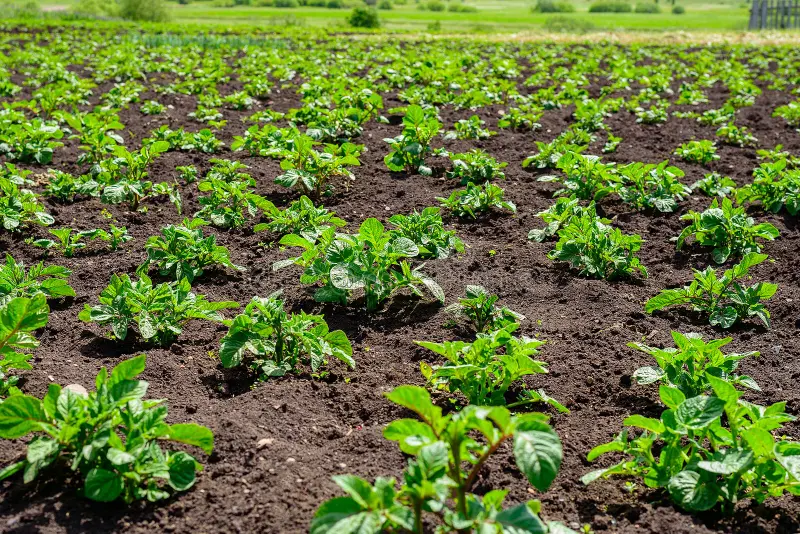Potatoes are one of the most widely consumed vegetables globally, making them a significant agricultural export for many countries. Exporting potatoes involves several critical steps to ensure the produce meets international standards and reaches its destination in optimal condition.
Market Research and Demand
Before exporting, it’s essential to conduct thorough market research to identify potential markets. Countries in Europe, the Middle East, and Asia often have high demand for potatoes. Understanding the specific requirements and preferences of these markets can help tailor the export strategy.
Quality Standards
Meeting international quality standards is crucial. Exporters must ensure that the potatoes are free from pests and diseases, have the appropriate size and shape, and meet the importing country’s regulations. Certification from relevant agricultural authorities is often required.
Harvesting and Processing
Potatoes should be harvested at the right time to ensure they are mature and have the desired quality. After harvesting, they are transported to processing facilities where they are cleaned, sorted, and packaged. Proper handling during these stages is vital to prevent damage and spoilage.
Packaging and Transportation
Packaging plays a significant role in maintaining the quality of potatoes during transit. Exporters should use durable packaging materials that protect the potatoes from physical damage and environmental factors. Additionally, choosing the right mode of transportation, whether by sea, air, or land, depends on the destination and urgency of the shipment.
Regulatory Compliance
Compliance with both the exporting and importing countries’ regulations is mandatory. This includes obtaining necessary export licenses, adhering to phytosanitary requirements, and ensuring all documentation is accurate and complete. Failure to comply can result in delays or rejection of the shipment.
Challenges and Solutions
Exporting potatoes can present several challenges, including fluctuating market prices, transportation issues, and stringent quality standards. To overcome these challenges, exporters should establish strong relationships with reliable logistics partners, stay updated on market trends, and continuously improve their quality control processes.
Conclusion
Exporting potatoes is a lucrative opportunity for agricultural businesses. By understanding market demands, adhering to quality standards, and ensuring regulatory compliance, exporters can successfully navigate the complexities of international trade and expand their market reach.
![]()

